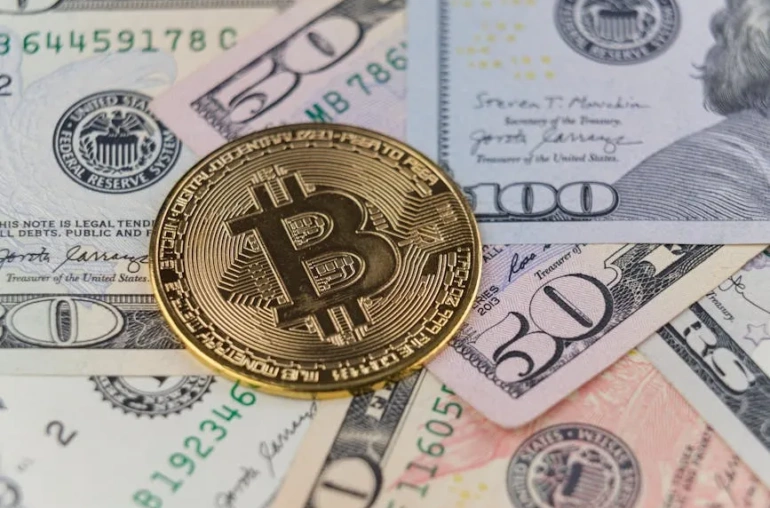
Hal Finney’s Bold Prediction: Bitcoin Banks in a Decentralized Future

In 2010, Hal Finney, one of Bitcoin’s earliest pioneers and a legendary cypherpunk, shared a thought-provoking vision on the Bitcointalk forum. He predicted that peer-to-peer Bitcoin transactions would become rare, replaced instead by a system of “Bitcoin banks“—trusted intermediaries handling most transactions. Over a decade later, how accurate was his foresight, and do we see his vision materializing today?
Finney’s Bitcoin Bank Concept
Finney argued that while Bitcoin was designed as a decentralized peer-to-peer currency, practical realities would lead to the rise of financial intermediaries. His reasoning included:
- Security concerns—Average users might struggle with self-custody, preferring third-party services.
- Convenience—Banks would offer familiar interfaces, fraud protection, and easier transactions.
- Regulatory compliance—Institutions would handle KYC/AML requirements, making Bitcoin more palatable to regulators.
Do Bitcoin Banks Exist Today?
Finney’s prediction has partially come true. While decentralized exchanges (DEXs) and self-custody wallets remain popular, the crypto landscape is dominated by centralized entities resembling traditional banks:
- Crypto exchanges (Coinbase, Binance)—Act as quasi-banks, holding user funds and facilitating transactions.
- Custodial services (Fidelity, BlackRock)—Offer institutional-grade Bitcoin storage and management.
- Stablecoin issuers (Tether, Circle)—Function like digital banks, backing tokens with reserves.
Where Finney Was Wrong
Despite his foresight, Finney underestimated the resilience of peer-to-peer transactions. Technologies like the Lightning Network and DeFi protocols have enabled direct, trustless exchanges without intermediaries. Additionally, regulatory crackdowns on centralized platforms (e.g., FTX’s collapse) have reinforced demand for decentralization.
The Future: A Hybrid Model?
Today’s ecosystem blends Finney’s vision with Satoshi’s original ethos. While Bitcoin banks (institutional custodians) dominate for mainstream users, self-sovereign finance remains a core value for purists. The future may see:
- Regulated crypto banks offering insured deposits.
- Decentralized alternatives gaining traction among tech-savvy users.
- Hybrid solutions balancing compliance and autonomy.
Finney’s insight reminds us that adoption often requires compromise. Whether Bitcoin evolves into a bank-dominated system or retains its decentralized roots, his legacy lives on in every transaction.



